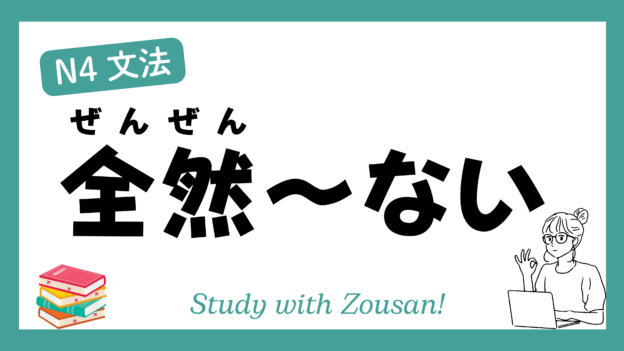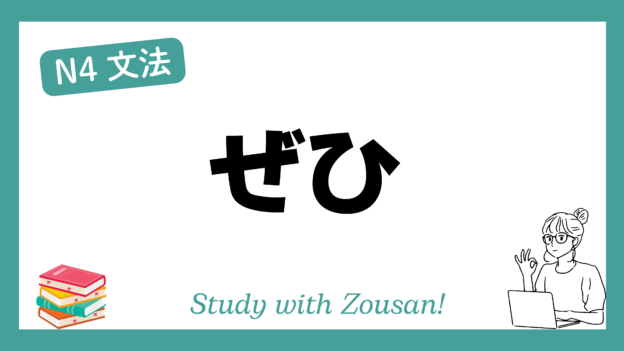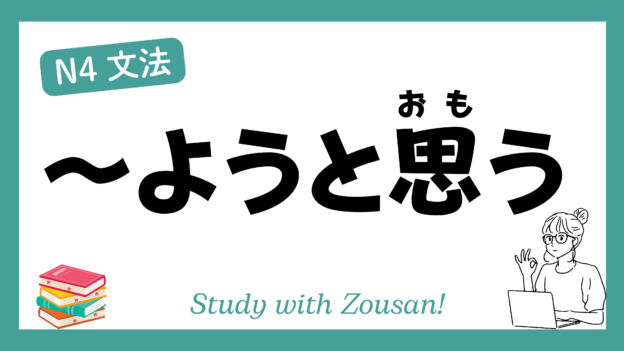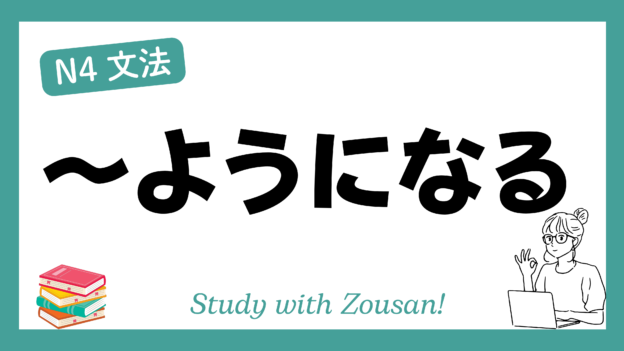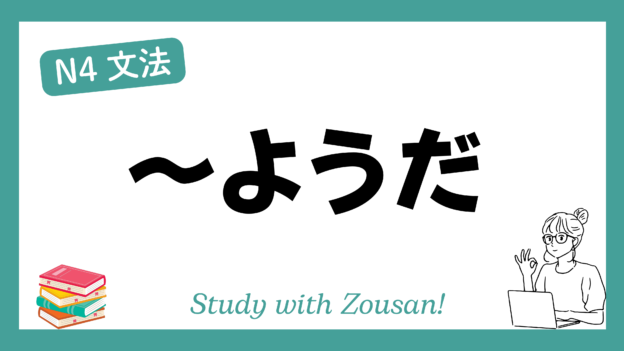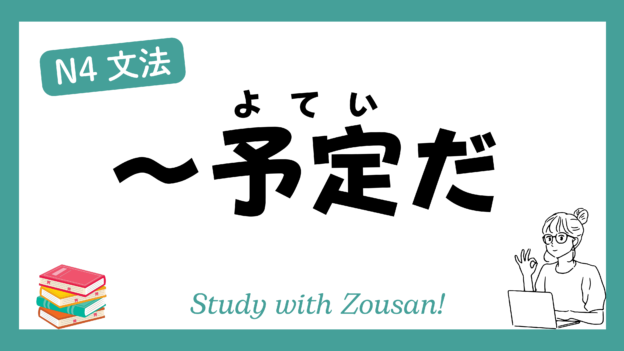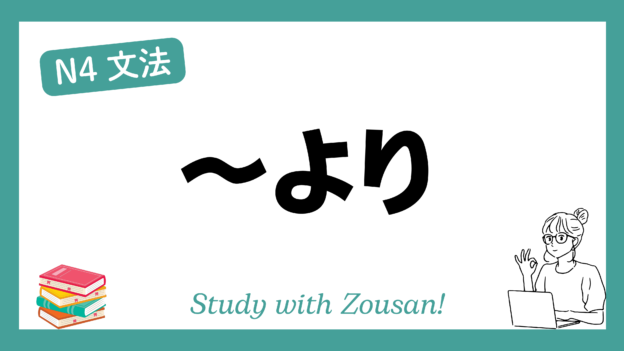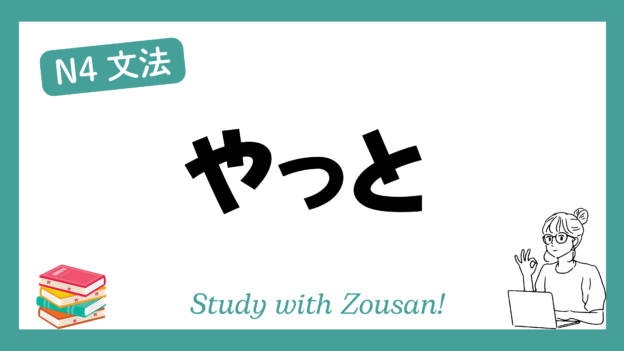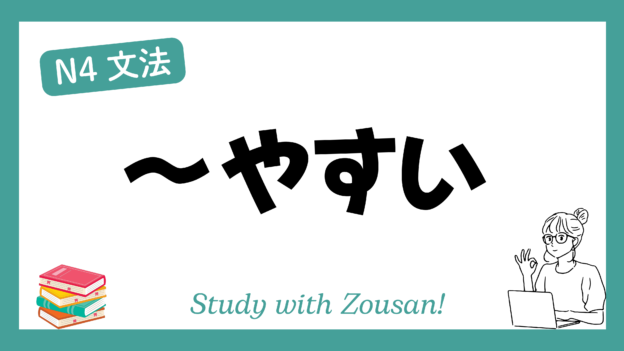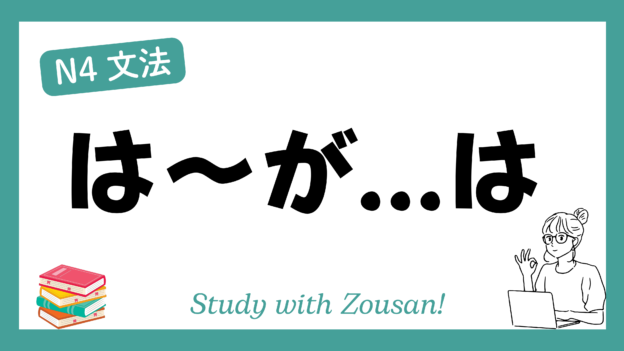Meaning: “Not at all…” / “Completely not…”
全然~ない is used to express complete negation of an action, state, or situation. This structure emphasizes that the action or state mentioned does not occur or exist at all.
※Note:
・全然~ない is commonly used in daily conversation to emphasize a strong and definite negation.
・This structure can be combined with negative verbs, adjectives, and nouns to emphasize the absolute nature of the negation.
・In casual contexts, 全然 can be used with a positive meaning, such as “totally fine,” but this usage is limited to informal speech.
Structure:
| 全然(ぜんぜん) + Verb (ない form) |
Example:
-
-
-
🌟 彼のことが全然分からない。
(かれ の こと が ぜんぜん わからない)
I don’t understand him at all. -
🌟 この問題は全然難しくないです。
(この もんだい は ぜんぜん むずかしく ない です)
This problem is not difficult at all. -
🌟 彼女は全然疲れていないようだ。
(かのじょ は ぜんぜん つかれていない よう だ)
She doesn’t seem tired at all. -
🌟 全然覚えていません。
(ぜんぜん おぼえていません)
I don’t remember at all. -
🌟 今日は全然寒くない。
(きょう は ぜんぜん さむく ない)
It’s not cold at all today. -
🌟 この映画は全然面白くなかった。
(この えいが は ぜんぜん おもしろく なかった)
This movie was not interesting at all. -
🌟 彼の話は全然信じられない。
(かれ の はなし は ぜんぜん しんじられない)
I can’t believe his story at all. -
🌟 この店のサービスは全然良くない。
(この みせ の サービス は ぜんぜん よく ない)
The service at this shop is not good at all. -
🌟 彼は全然怒っていません。
(かれ は ぜんぜん おこって いません)
He’s not angry at all. -
🌟 全然気にしなくていいよ。
(ぜんぜん きに しなくて いい よ)
You don’t need to worry at all.
-
-


